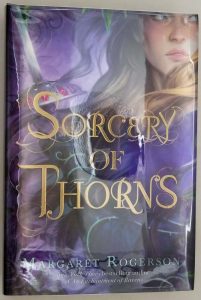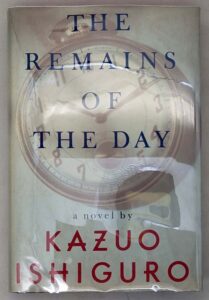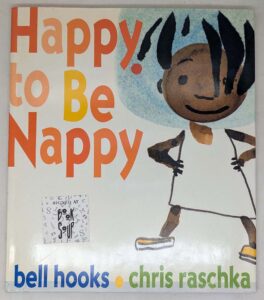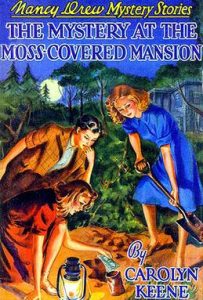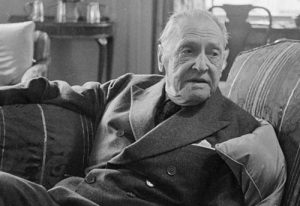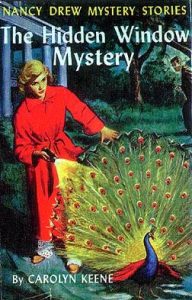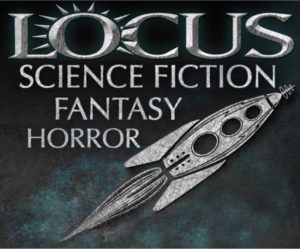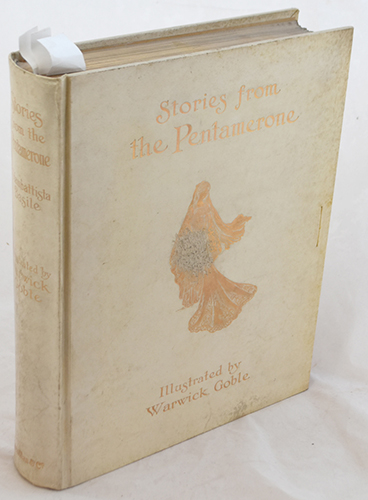
Stories from the Pentamerone (1911), translated by E.F. Strange from Giambattista Basile’s original Neapolitan tales, and illustrated by Warwick Goble, brings to life one of Europe’s earliest and richest collections of fairy tales in a splendid Edwardian edition. Published by Macmillan & Co., this volume showcases Warwick Goble’s masterful watercolor illustrations that capture the vibrant, sometimes dark essence of Basile’s 17th-century stories—the very tales that later inspired Charles Perrault and the Grimms. Goble’s artwork pulses with Mediterranean color, his sun-drenched piazzas and shadowy forests providing the perfect backdrop for stories like “The Flea,” “Petrosinella” (an early Rapunzel variant), and “The Enchanted Doe.” His illustrations demonstrate meticulous research into Italian Renaissance costume and architecture, while maintaining the fantastical quality of tales where princesses transform into snakes and beggars reveal themselves as enchanted princes. Particularly striking are Goble’s night scenes, where moonlight filters through cypress trees onto marble balconies, and his elaborate processional compositions that recall Italian fresco traditions. The book’s production does full justice to these rich illustrations, with thick ivory pages, gilt-tooled green cloth binding, and Goble’s color plates carefully tipped in to preserve their jewel-like intensity.
About Warwick Goble (1862-1943):
This English illustrator specialized in bringing non-Western tales to visual life with unprecedented cultural accuracy. After studying at the Westminster School of Art and working as a magazine illustrator, Goble found his true calling illustrating Macmillan’s series of international folktales during the 1900s-1920s. His distinctive style—characterized by luminous watercolor washes, dynamic compositions influenced by Japanese prints, and ethnographic attention to detail—made him particularly suited to Basile’s Southern Italian stories. Unlike contemporaries who romanticized foreign settings, Goble immersed himself in historical research, as evident in this 1911 edition where every gondola, peasant’s smock, and palace courtyard reflects authentic sources. Beyond The Pentamerone, his masterpieces include The Fairy Book (1913) and Indian Tales of the Great Ones (1916). Goble’s ability to balance decorative beauty with narrative power—seen here in scenes like the witch’s tower in “Petrosinella” or the market chaos in “The Flea”—established him as one of Britain’s finest interpreters of world folklore. This 1911 work represents his artistic maturity, where his technical mastery met profound respect for the tales’ cultural origins.
For readers captivated by this edition, these complementary works may appeal:
• The Fairy Book (1913) also illustrated by Goble – featuring his interpretations of global tales
• Italian Popular Tales (1885) by Thomas Crane – providing scholarly context for Basile’s stories
• The Arabian Nights (1907) illustrated by Edmund Dulac – another luxurious Edwardian folktale edition
For a list of illustrations by Warwick Goble available on our site. Please visit our Warwick Goble Illustrated Books Art Gallery.
